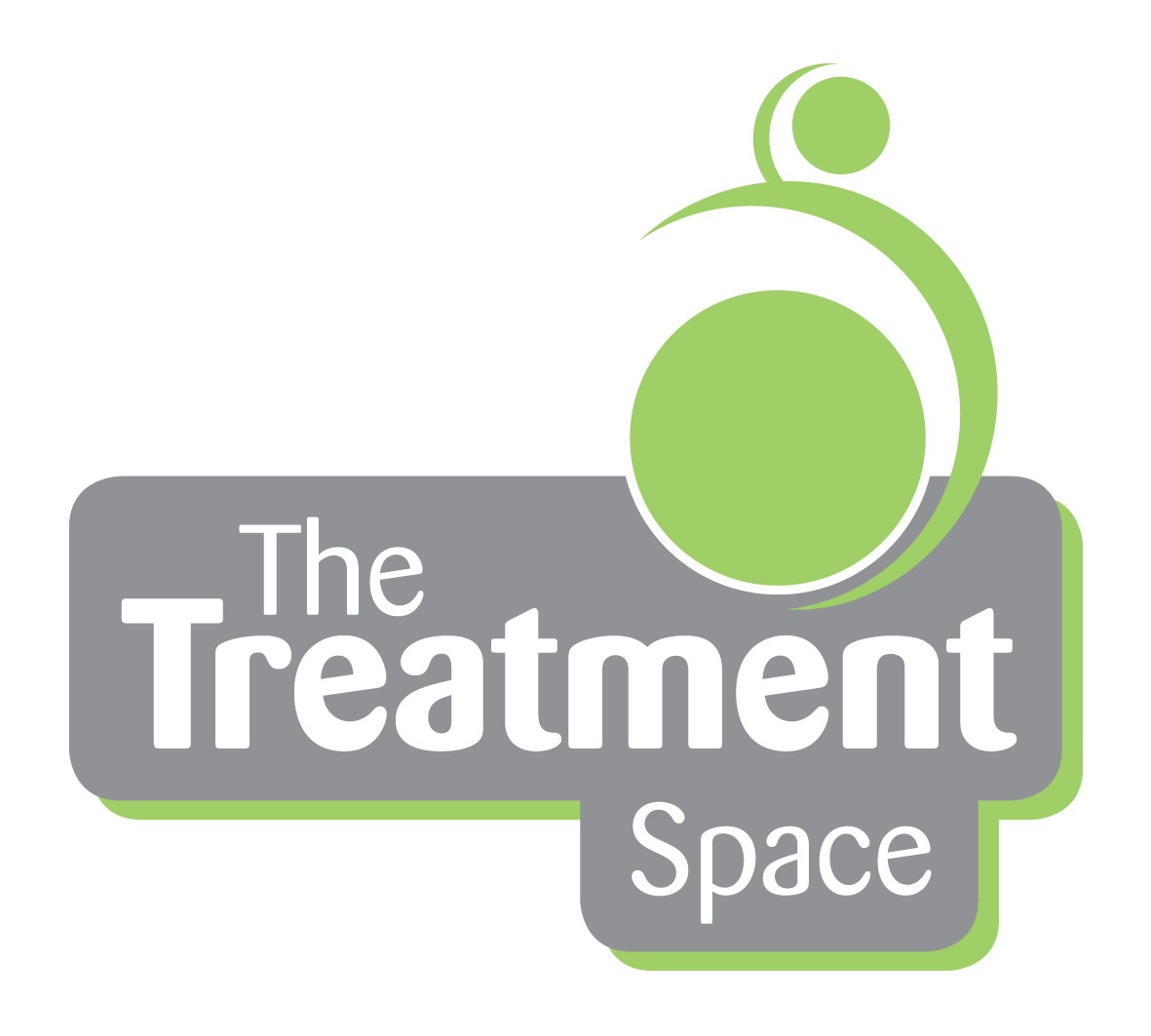Endometriosis Awareness Week
Endometriosis – How can we help?
Endometrial tissue lines the uterus (womb). Each month the lining thickens in preparation for pregnancy. If no pregnancy occurs, hormones will cause the womb lining to break down and this is shed as a period.
In endometriosis the endometrial tissue is also found in other locations in the pelvis such as the ovaries, vagina, bladder or bowel. Although not in the womb, this tissue is also affected by the monthly cycle. When the cells are shed the bleeding has nowhere to go, causing inflammation and adhesions (scar tissue).
It is difficult to know how common it is, but around 5-10% of women are affected during their reproductive years (between the onset of periods and the menopause).
Diagnosis can often be delayed because the symptoms are similar to many other conditions. The most common symptoms are painful periods (dysmenorrhoea); pelvic pain between periods; prolonged, heavy or irregular periods and painful sex (dyspareunia). It can also lead to difficulty conceiving, or infertility.
Endometriosis awareness week runs from 3rd – 11th March 2018 and aims to raise awareness of this condition and help women be diagnosed earlier. Further information can be found here: Endometriosis UK: Awareness Week
Pain can be severe and significantly impact on a woman’s daily activities, which can also lead to depression and fatigue. There is no evidence that delaying starting a family makes the condition more likely, but there may be a genetic link.
Personal stories about living with endometriosis (from Endometriosis UK website) can be found here: Personal stories
Treatment
Medical treatment is hormonal and aims to mimic the non-reproductive state, by altering levels of oestrogen and progesterone. Surgical treatment can involve local removal of the endometriosis or more major surgery, such removal of the womb or ovaries.
Some women manage the condition without medical intervention, using pain relief.
How physiotherapy can help
Although Physiotherapy doesn’t modify the endometriosis itself, it can help to treat the postural and movement disorders that, for many women, contribute to ongoing pelvic pain.
By evaluating:
- Postural changes and adaptations
- Tense abdominal and pelvic floor muscles
- Muscle imbalance
- Stress and anxiety
Physiotherapy uses a range of approaches including:
- Posture and movement correction through manual therapy and exercise
- Improving pelvic floor and abdominal muscles flexibility and strength
- Exercise to aid rehabilitation following surgery procedures.
- Helping with pain management – through exercise, acupuncture, relaxation and coping strategies.
Carolyn Lindsay is a specialist pelvic physiotherapist. You can find further information about her on her website www.womenshealththerapy.co.uk
How Nutritional Therapy can help
Nutritional Therapy uses food, and sometimes nutritional supplements, to support processes in the body with the aim of improving health. In endometriosis inflammation is major factor which can contribute to women’s experience of pain. Hormonal regulation is also very important in trying to reduce endometriosis symptoms.
A Nutritional Therapy consultation looks at:
- Your diet, and how your food choices and eating pattern may be impacting on your health
- Nutrients needed to support hormonal pathways
- An anti-inflammatory eating pattern: A research review (Thomas 2013) highlighted benefits for women with endometriosis from diets which include omega 3 fatty acids and higher levels of anti-oxidants in foods.
- Practical ways of implementing dietary advice so that you can continue to enjoy your food.
Penny Dembo is an experienced Nutritional Therapist. You can find further details on her website www.lifelong-nutrition.co.uk/
How Traditional Acupuncture can help
Traditional acupuncture originated before modern detection techniques, such as scans, were available and thus it’s understanding of the condition relied heavily on observation and questioning of the patient’s specific symptoms and general health. Today, it is still not necessary to have a medical diagnosis of endometriosis to treat the symptoms of endometriosis with acupuncture.
To treat endometriosis with acupuncture a detailed case history is taken to ascertain the underlying cause of the symptoms, this indicates which acupuncture points to use. There are two main parts to any acupuncture treatment:
- Relieving the symptoms – in endometriosis this can be reducing pain, regulating the cycle or preventing excessive bleeding.
- Treating the underlying cause – which in turn will regulate the cycle to prevent the symptoms recurring in the future and also, aid conception when required.
As a generalisation, a course of acupuncture for endometriosis would involve 8 to 10 weekly treatments and then, depending on how a woman responds, a few less frequent sessions over the following months.
A factsheet produced by The British Acupuncture Council is available here.
Kat Love is an acupuncturist at The Treatment Space. For more information about her and acupuncture please visitkatlovesacupuncture.co.uk
Posted on March 1, 2018 by TTS Admin
Search

